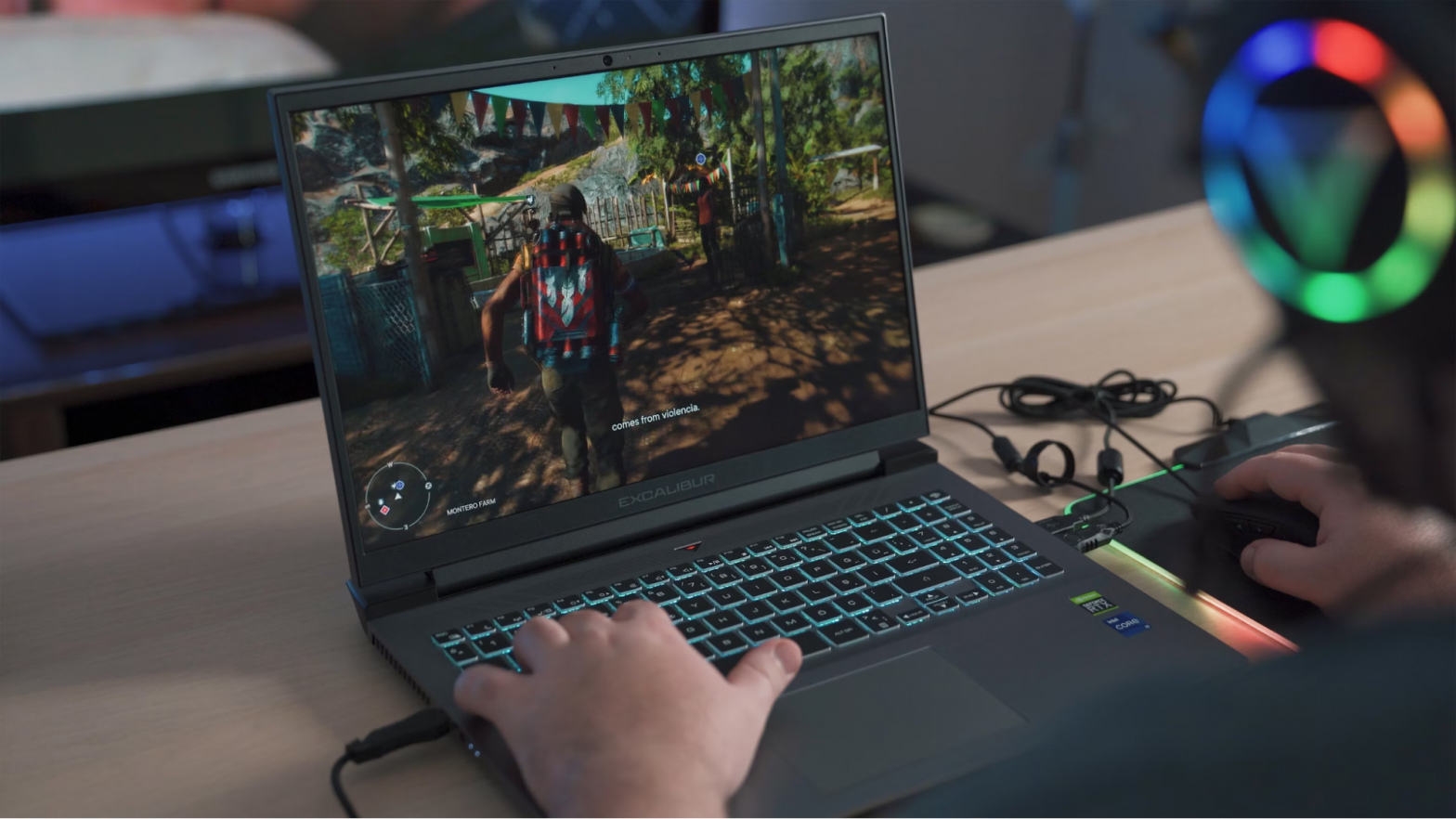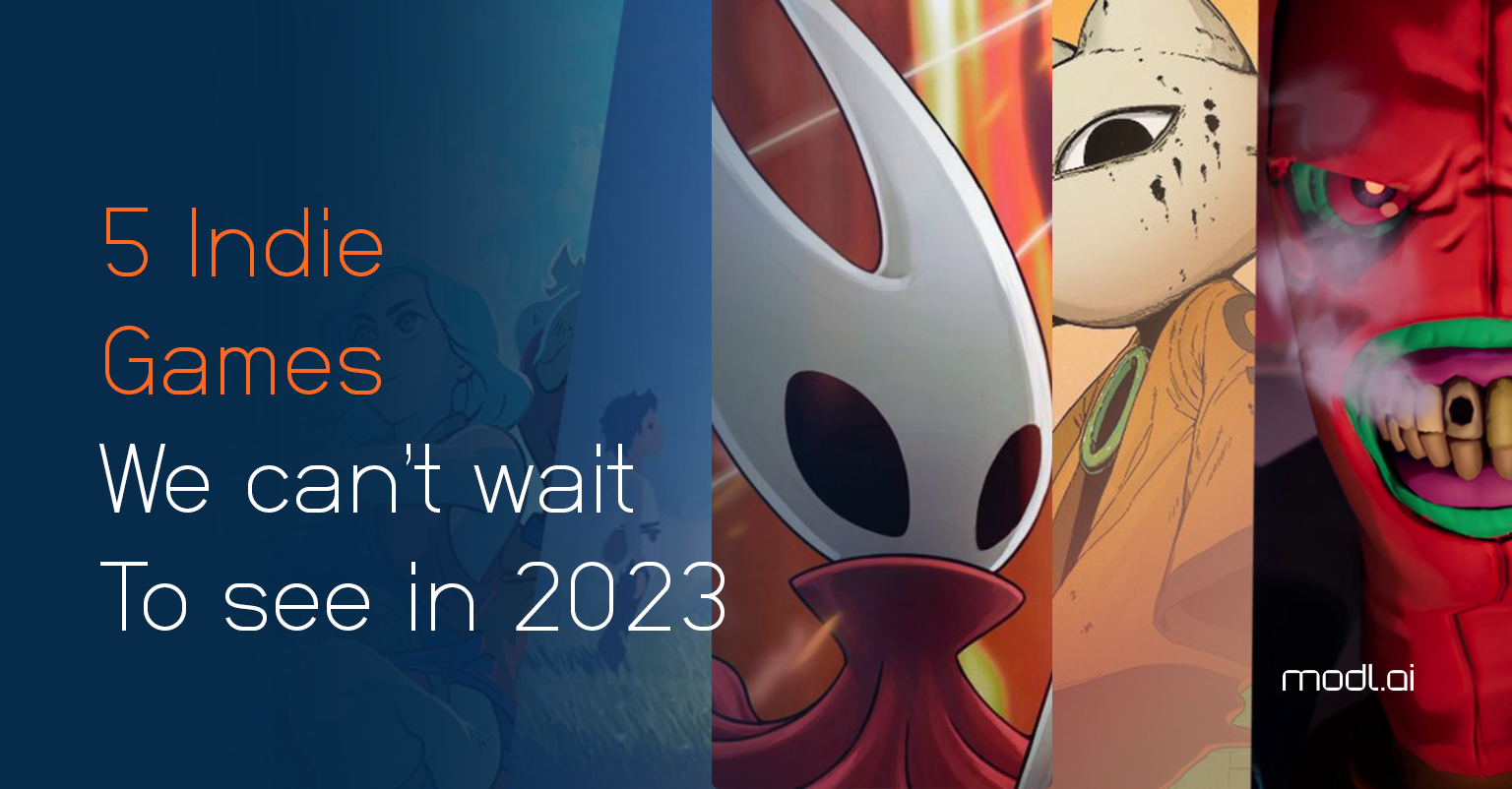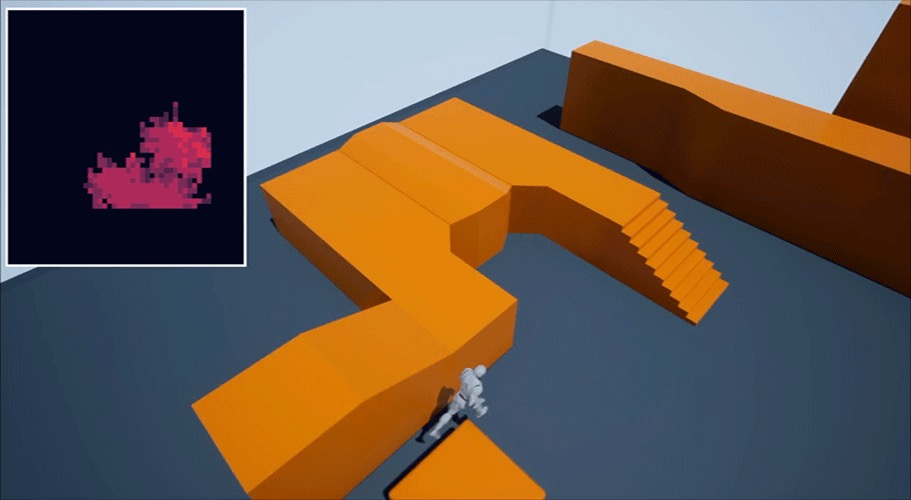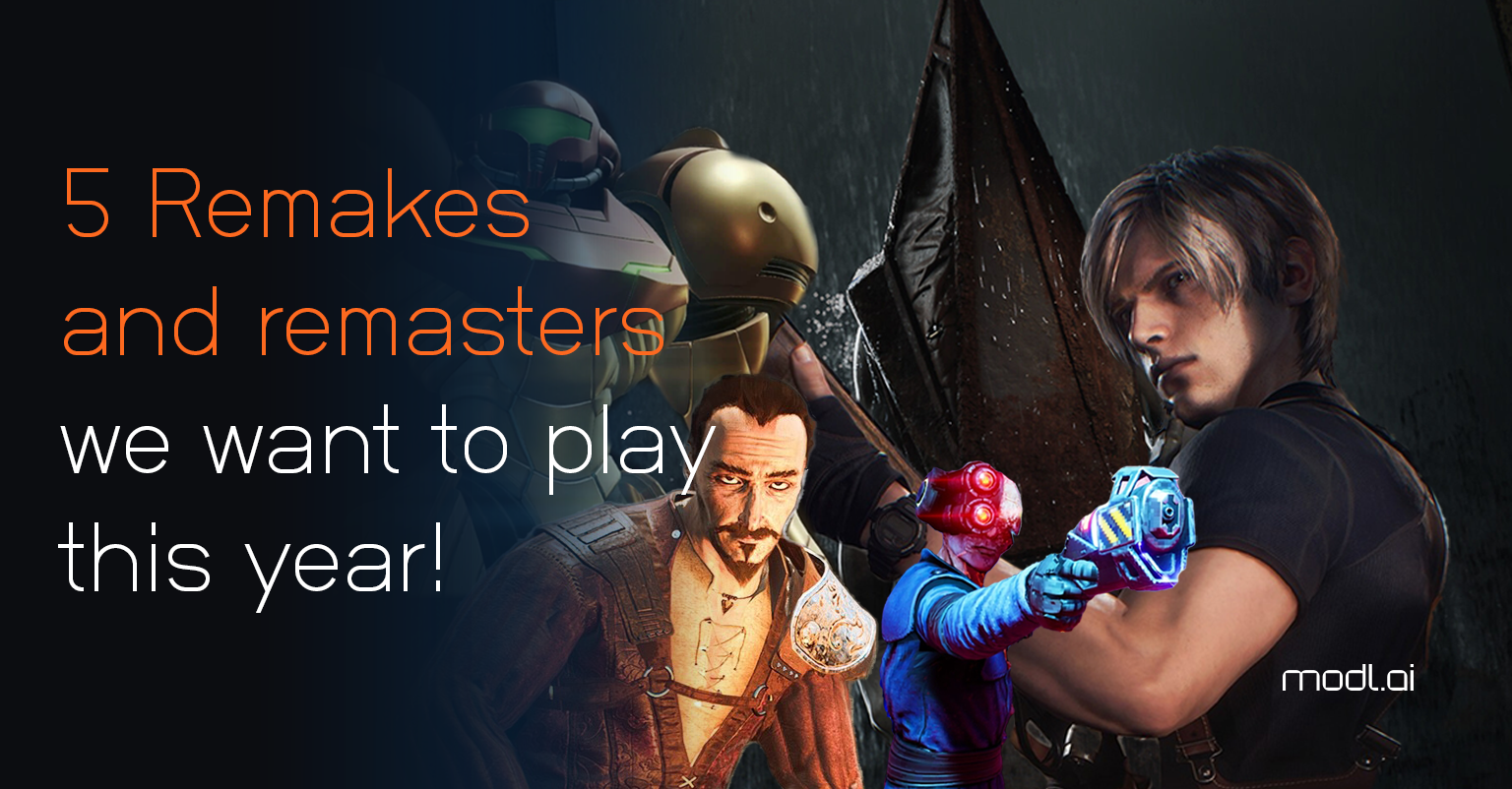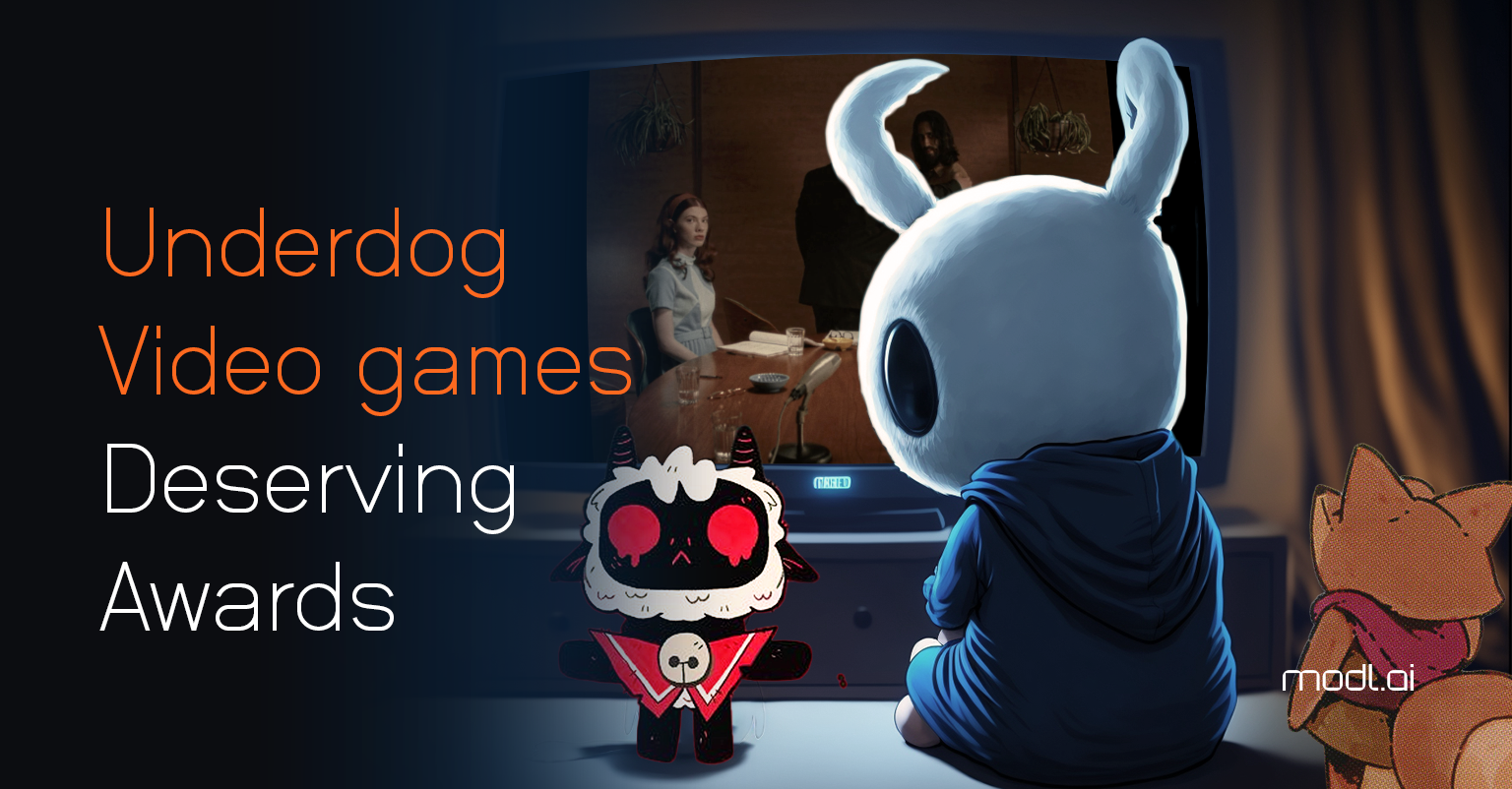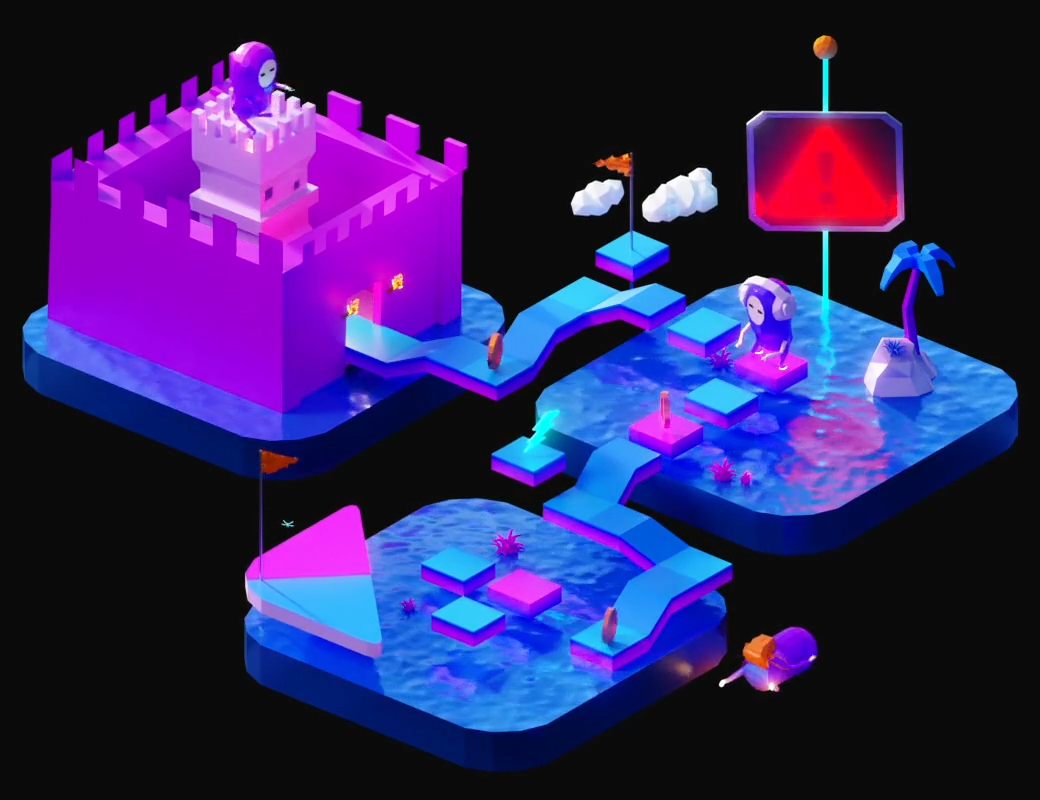How will you use AI in game development? From streamlining testing to creating adaptive NPCs, the applications are endless.
Today, artificial intelligence (AI) in game development is revolutionizing the way studios create, test, and enhance video games. Whether you’re a small indie team or part of a AAA studio, AI is no longer just a futuristic concept — it’s a key component of today’s production pipelines. In this article, we’ll explore how AI is reshaping the game development landscape by automating tasks, augmenting creativity, and delivering richer player experiences.
What is AI in game development?
AI in game development refers to the use of machine learning algorithms, neural networks, large language models, and other AI techniques to enhance and/or accelerate video game production. This can include automating quality assurance (QA) testing, creating more realistic non-player characters (NPCs), and even enabling procedural content generation.
This technology has become essential for modern game development, especially as production costs skyrocket, with many triple-A games exceeding the $100 million mark. AI helps studios reduce costs, optimize workflows, and improve overall game quality, allowing developers to release content faster and maintain a competitive edge in a rapidly evolving industry.
The impact of AI on game development
Game development has always been a complex, high-stakes endeavor, especially in an era where game production budgets can soar into the millions or billions. In such a competitive industry, the pressure to reduce costs and shorten development cycles without sacrificing quality is immense. That’s where AI comes into play.
By incorporating AI in game development, studios find new ways to streamline workflows, optimize resources, and improve the final product. The types of tools on offer include:
- Testing tools: One area where AI shines is automating repetitive tasks, allowing developers to focus on higher-level creative decisions.
- Content generation tools: Generative AI tools can assist in creating 3D environments, concept art, and assets, allowing for faster design iterations.
- Animation tools: AI-powered tools can be used to automate character rigging and motion capture, making realistic animations accessible.
- Sound design tools: Rigorous audio work becomes streamlined with AI tools that organize files and accelerate sound design workflows.
- NPC enhancement tools: AI-driven player bots simulate different skill levels to optimize game difficulty and player experience.
Whether it’s simulating player behavior, running tests, or generating content, AI tools are rapidly becoming indispensable to game developers across the industry.
Learn which tools top devs consider essential: “9 of the Best AI Tools for Game Development.”
Key applications of AI in game development
1. Automated game testing
One of the most transformative applications of AI in video game development is the automation of game testing. In traditional game development pipelines, quality assurance (QA) is a time-consuming process that can bottleneck production. Bugs, performance issues, and other technical glitches must be identified and fixed long before a game’s release. Some experts estimate that fixing one bug that has made it into production costs an average of $50k. Still, manual testing often falls short due to modern video games’ sheer size and complexity and ever increasing costs associated with adding more manual testing resources.
Behavioral AI engines for games, like modl:test, automate large portions of the QA process. It and other AI-driven testing tools can explore game environments autonomously, identify bugs, and run tests more quickly and exhaustively than human testers. These tools can:
- Speed up testing cycles by running many test cases in parallel.
- Identify and fix bugs earlier in the development process, preventing issues from accumulating later, or making their way into the final release.
- Reduce overhead costs by eliminating the need for sizable manual testing teams.
Take the example of Die Gute Fabrik, a small indie game studio that leveraged AI testing tools to manage its quality assurance process. Using player bots, a single QA team member could oversee tasks that would have required hundreds of hours of manual effort. By automating testing and bug reporting, Die Gute Fabrik saved time and delivered a smoother player experience by ensuring the team caught bugs early in the development cycle.
2. Automated bug reporting
In addition to testing, AI in game development has proven highly effective in automating bug reporting. Traditional QA testing often results in a backlog of bugs that require manual documentation, which is later passed on to developers to fix. This process is slow, labor-intensive, and prone to human error.
With AI-driven bug reporting, tools can capture visual evidence, generate detailed bug descriptions, and even provide intelligent root cause analysis. AI-powered systems can:
- Capture screenshots and video clips of abnormal gameplay behavior, helping developers understand bugs in context.
- Automatically generate detailed bug reports, reducing human error in documentation.
- Offer suggested fixes based on in-game data analysis, accelerating the debugging process.
AI for game development reduces development timelines by automating the bug-reporting process. As a result, QA teams can focus on high-value tasks, such as analyzing bug reports to ascertain root causes and prescribing solutions.
3. Skill-matched player bots
Another powerful application of AI in video game development is skill-matched player bots. These AI-driven bots simulate natural player behavior, ensuring that gameplay remains balanced, engaging, and competitive — even when actual human players aren’t available.
In multiplayer games, player retention is crucial. However, mismatched skill levels or empty lobbies can frustrate players, causing them to abandon the game. AI-driven bots help solve this problem by filling in for players with skill levels that match those of human players, ensuring a seamless gameplay experience.
AI-powered player bots provide several key benefits:
- Balanced gameplay: Bots adapt to player skill levels, ensuring fair and competitive matches while still keeping control in the hands of the game designer.
- Improved retention: By filling in gaps and providing consistent player experiences, player bots reduce churn and keep players engaged.
- Enhanced monetization: When players stay engaged longer, the opportunities for in-game purchases and monetization increase.
Flamebait Games, a developer of the chaotic multiplayer game Forge and Fight, used player bots to improve player retention by ensuring gameplay remained balanced and enjoyable. By integrating modl:play into their development process, Flamebait Games was able to simulate real player behavior and maintain high player engagement during updates and content rollouts.
Want to dig deeper? Check out, “3 Ways AI is Reshaping Game Development.”
Behavioral AI engines for games
While individual AI tools are transformative, behavioral AI engines take automation to the next level by integrating AI across the development pipeline. These engines use machine learning to simulate player and non-player character (NPC) behavior, automate playtesting, and help developers optimize gameplay mechanics.
A behavioral AI engine for games functions as a virtual team member, continuously learning from player interactions and adjusting its behavior to improve the game over time. These engines are capable of:
- Automating playtesting: Bots can explore game worlds, test gameplay mechanics, and identify performance issues faster than humans.
- Calibrating difficulty: AI can help developers refine game balance before updates or new features are released by simulating different player skill levels.
- Enhancing performance: Behavioral AI engines can optimize in-game elements for smoother performance, reducing the risk of bugs or crashes in the final product.
By continuously iterating and learning from gameplay data, AI for game development helps studios create more polished, engaging games with fewer resources.
Get to the heart of behavioral AI with our post, “What is a Behavioral AI Engine for Games?”
The role of generative AI in game development
Beyond automating tasks, generative AI opens up new creative possibilities for developers. While traditional game development relies heavily on manual content creation, generative AI can procedurally generate game assets, 3D environments, and even code. This capability is particularly valuable in the modern games-as-a-service model, where studios are pressured to release new content frequently to keep players engaged while living under budget pressures.
Generative AI can assist with:
- Procedural content creation: AI-driven tools can generate endless variations of levels, characters, and assets, reducing the workload for artists and designers.
- Predictive coding: AI can suggest code blocks, identify bugs, and recommend fixes, allowing developers to focus on more complex design challenges.
- Testing and iteration: By rapidly testing AI-generated content, developers can ensure that new updates are thoroughly vetted for functionality and player enjoyment.
While generative AI enhances the creative process, developers must maintain oversight and ensure that the AI’s outputs align with their creative vision. QA data must be sourced reliably and ethically. AI is a tool, not a replacement for human ingenuity, and when used correctly, it can unlock entirely new forms of gameplay and storytelling.
Understand the implications of generative AI: Read, “The Rise of Generative AI in Revolutionizing Game Development.”
Power up your processes with a behavioral AI engine for games
As studios adopt AI-driven tools, they can create more immersive, engaging games faster and more efficiently than ever. As development timelines shrink and quality expectations rise, leveraging AI for game development will be crucial for staying competitive.
That’s where modl.ai comes in. We provide game studios with a cutting-edge behavioral AI engine to streamline development and improve game quality. With tools like modl:test and modl:play, we help you build better games, faster, and at less cost. Reach out to us today to discover how AI can elevate your game development process and give your studio a competitive edge.


